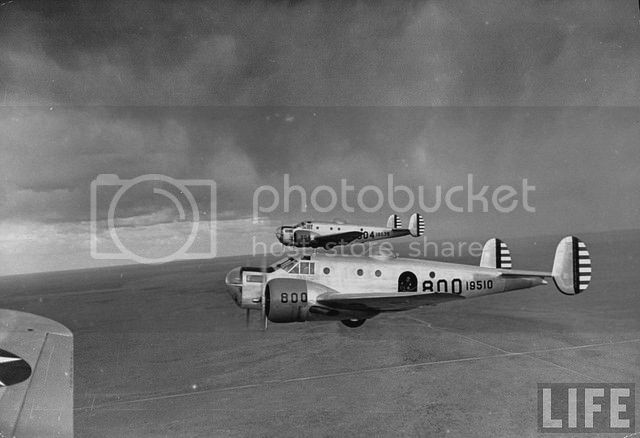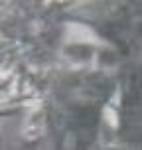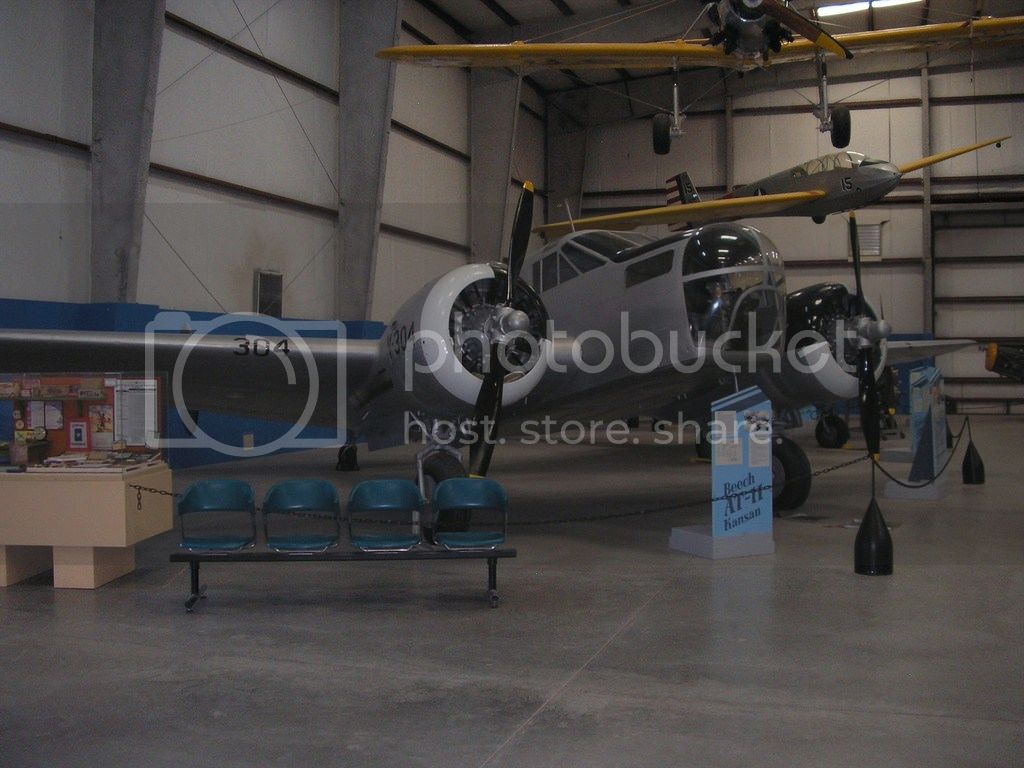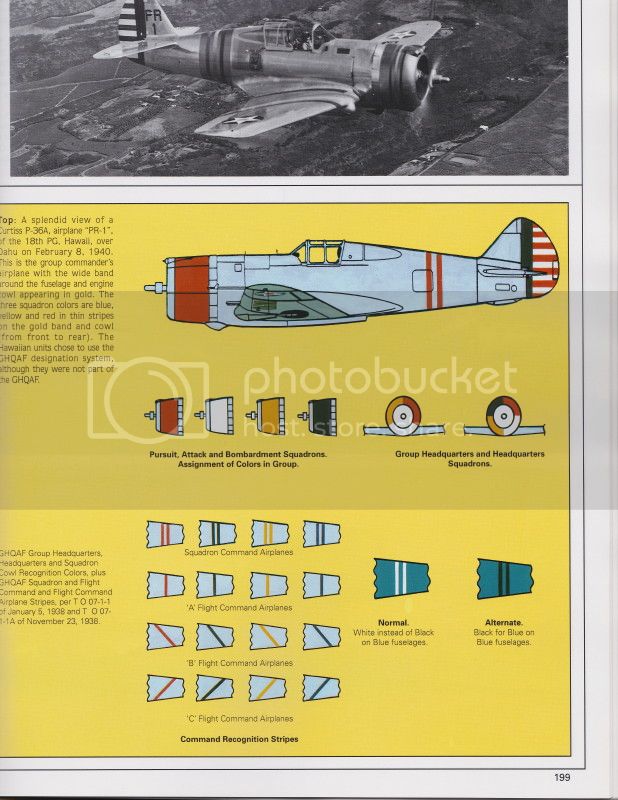
Looking at the rudder stripes and the center of the national insignia which I know are red, my guess on the cowling was initially yellow. Then I spotted another shot of a couple of aircraft that appear to be from the same unit in flight.

Again trying to judge the cowling colors against the rudder stripes, this time red seem's a better choice. Now there could be a couple of different scenarios in play here: 1) These could be the same color that just appears to be different due to differences in lighting, or an artifact of the type of film used. 1940's film was notorious for doing strange things with reds and yellows. 2) Both pictures could be correct and these are aircraft from different "flights" within the same squadron or group, with the flights denoted by cowling color. All of the plane-in-group numbers are in the same number range which would normally argue against different flights. It may just be coincidence but all of the aircraft on the ground have "odd" plane-in-group numbers, while both in-flight planes have even numbers. And just for comparison, here's another shot (different time & unit) which shows what I think is white cowlings.

So my question to the community is; does anybody have any insights into this issue and/or since these are Life Magazine photos they may have originally been color shots, and if so any links?




























